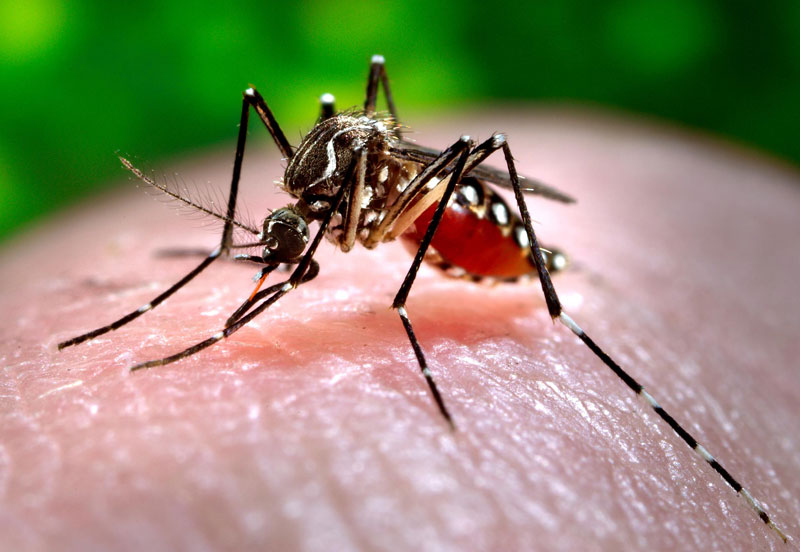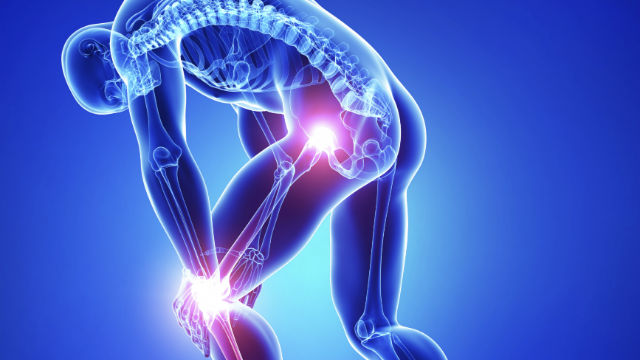
Chikungunya is a viral disease transmitted to humans by bites from infected mosquitoes. Similar to Dengue fever, Chikungunya was not a well-known disease until the number of cases rose an alarming rate two years ago. In the South American country of Colombia alone, there are 90, 481 reported cases in January 2015. The number is expected to rise. Medicine for fever is often taken for this illness, so with anti-inflammatory drugs. Here is an in depth look at Chikungunya.
The name Chinkungunya is a Bantu word derived from the Makonde people. It means “contorted” or “which bends up”. This may be due to the curled up position that patients with joint pain have.
Causes
Chikungunya is caused by two two mosquito species, Aedes aegypti and Aedes albopictus. These mosquitoes are more common during the daytime and can be seen in areas with plenty of stagnant water. As for the incubation period, Chikungunya does not immediately manifests minutes or hours after the patient is bitten. The incubation period is two to twelve days after which the symptoms will begin to show.
Symptoms and Phases
There are two phases of Chikungunya.
Acute Phase
The first phase of the illness will appear after the incubation period. This can last from just a few days to a few weeks.
The symptoms to look out for are:
Fever
Temperatures of up to 40o will show up during the first two days of the illness.
Joint Pain
The most distinguishable symptom of Chikungunya is joint pain. If it were to be compared to Dengue fever, you can recognize Chikungunya due to the pain being more concentrated in the joints. Senior citizens with preexisting medical joint conditions may feel a more intense pain as compared to those who do not.
Rash
Although not a main symptom, rashes can be seen on up to 50% of Chikungunya cases. These appear two to three days after the fever develops. The rashes are recognizable as they are small, raised and can look like one big patch from afar.
Other symptoms one may look out for are nausea, headaches, eye inflammation and diarrhea.

Chronic Phase
The patient can experience symptoms up to two years after the acute stage. In some ways, this can be called a relapse. The chronic stage manifests itself more on joint pain as compared to other complications. Of the number of adults infected with Chikungunya, up to 95% may experience the chronic stage. Depending on the age, they may be disabled for several weeks or even months as a result of Chikungunya.
Some of these disabilities include:
- Decrease in motor skills
- Slow Reflex
- Mobility loss
Another complication is eye inflammation. But there are other rarer and more serious complications that may occur. Some of these complications are life threatening and must be taken care of at once. These include:
- Eye infection
- Heart inflammation
- Brain and meninges inflammation
- Hemorrhage
Note that if the patient is over 65 year of age, special care must be done as up to 33% of patients in this age group have died due to a mixture of Chikungunya symptoms and other pre-existing medical conditions.
Treatment
There is no definite treatment for Chikungunya so it is remedied symptomatically. This means that each symptom is treated as it appears. If the patient has developed a fever, then he or she is given paracetamol for it. For the joint pain, anti-inflammatory drugs are prescribed.
Prevention
To avoid Chikungunya, throw away stagnant water as this may be breeding ground for the mosquitoes. Use insect repellants and as these mosquitoes are more common during the day, try to avoid going outdoors in the morning.
Chikungunya may not sound life threatening but the long term symptoms must be taken note of before they cause irreparable damage. Prevention is easier and better than cure!